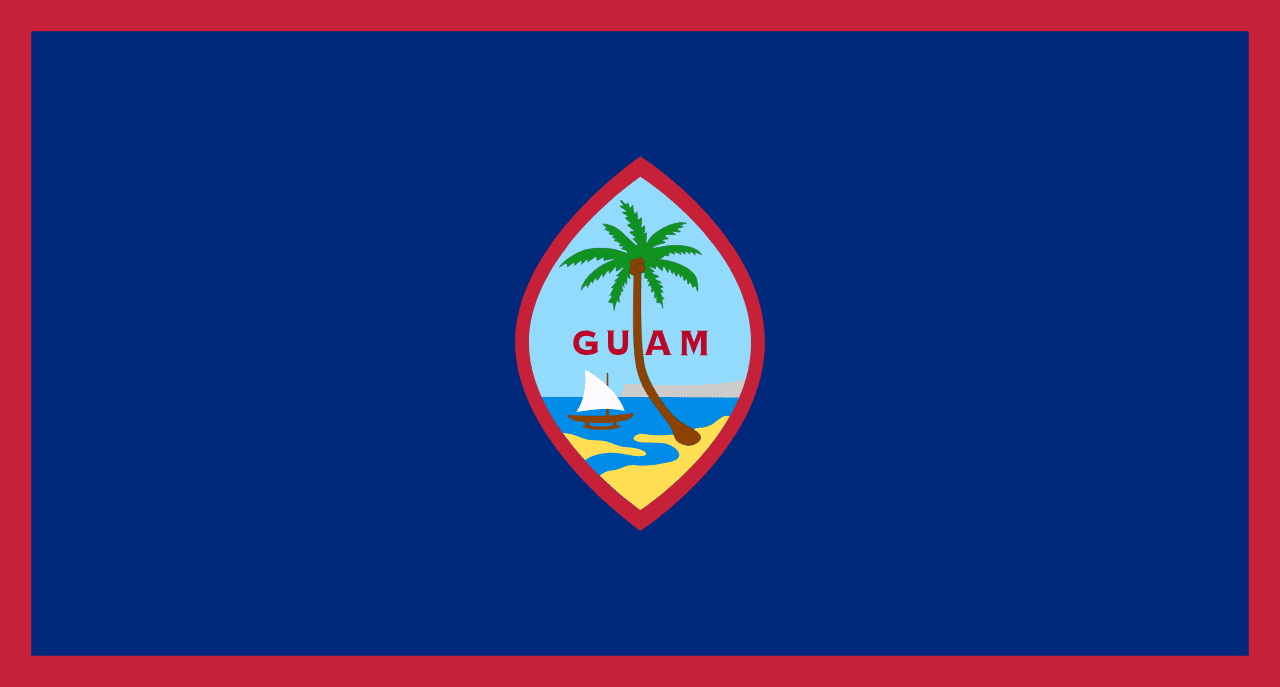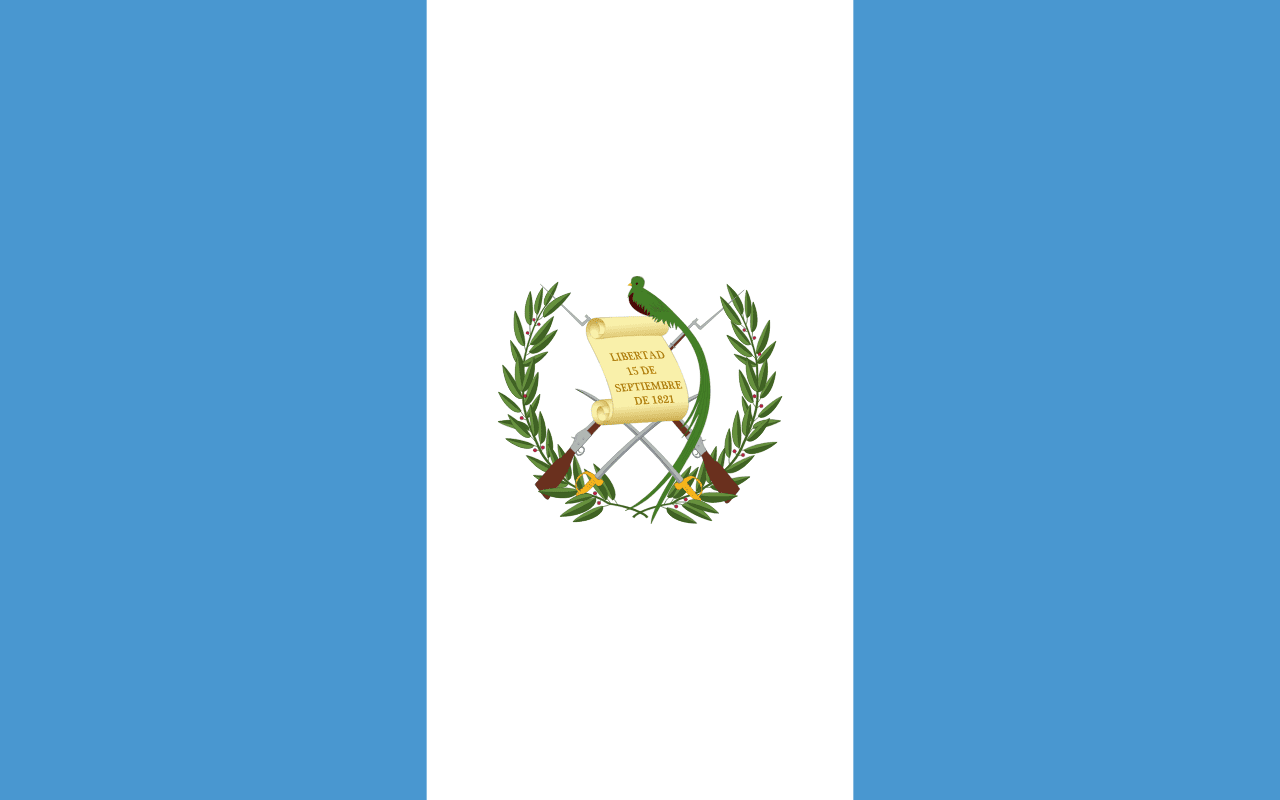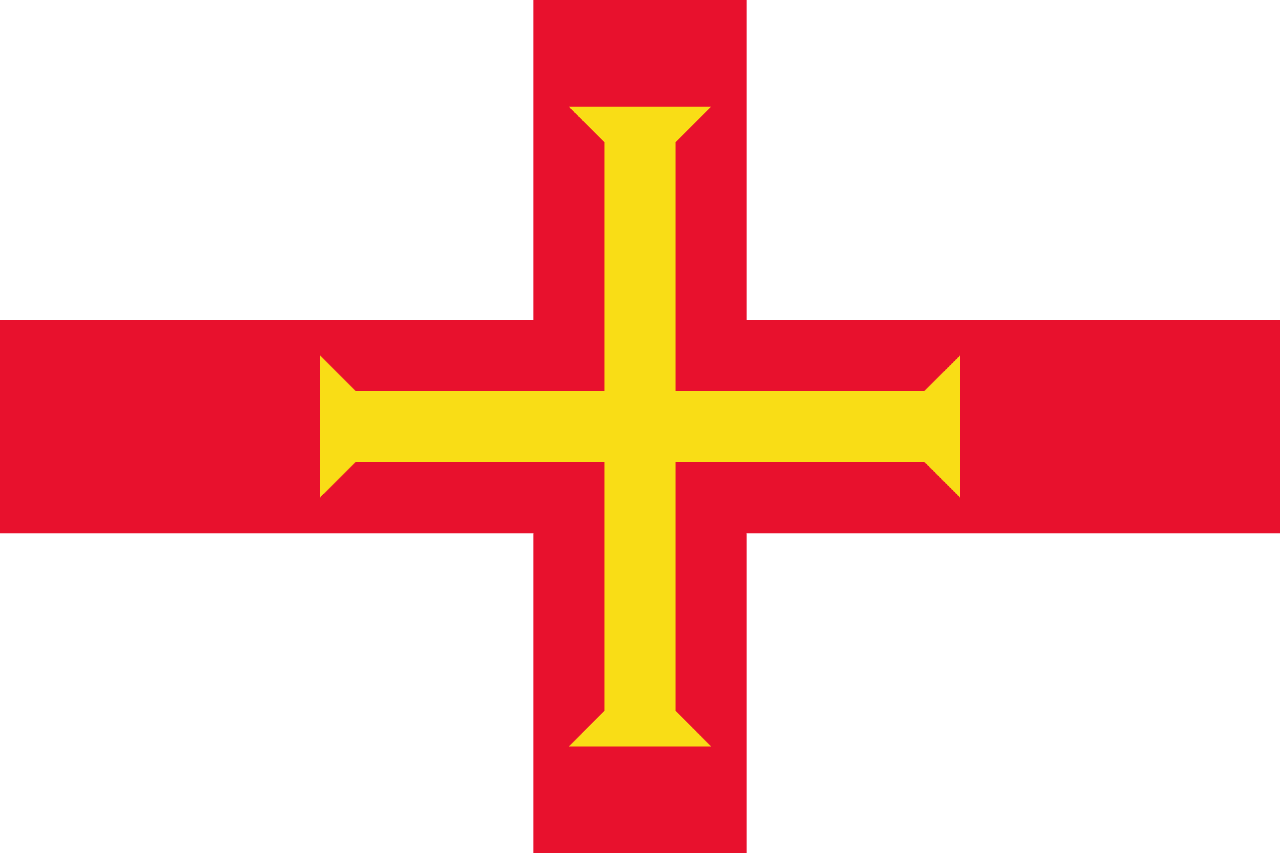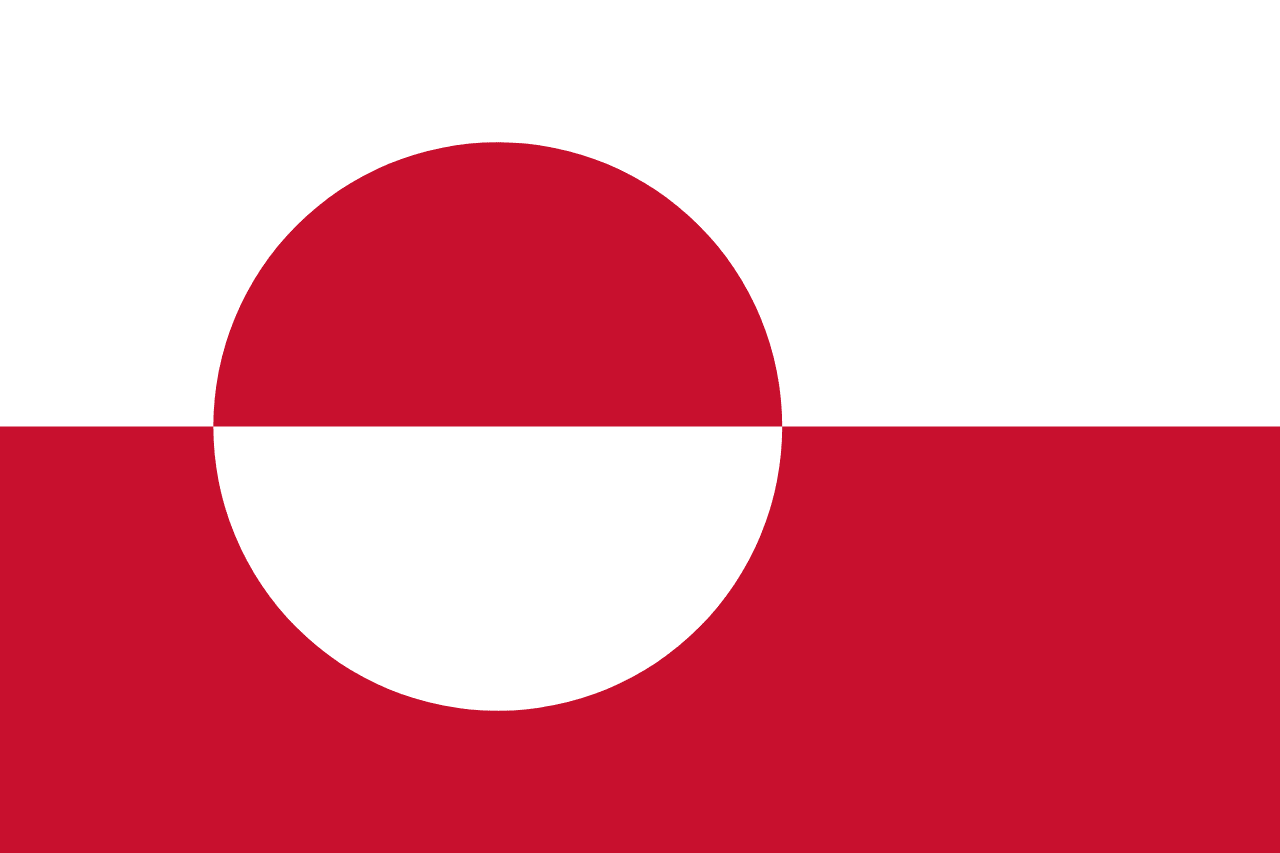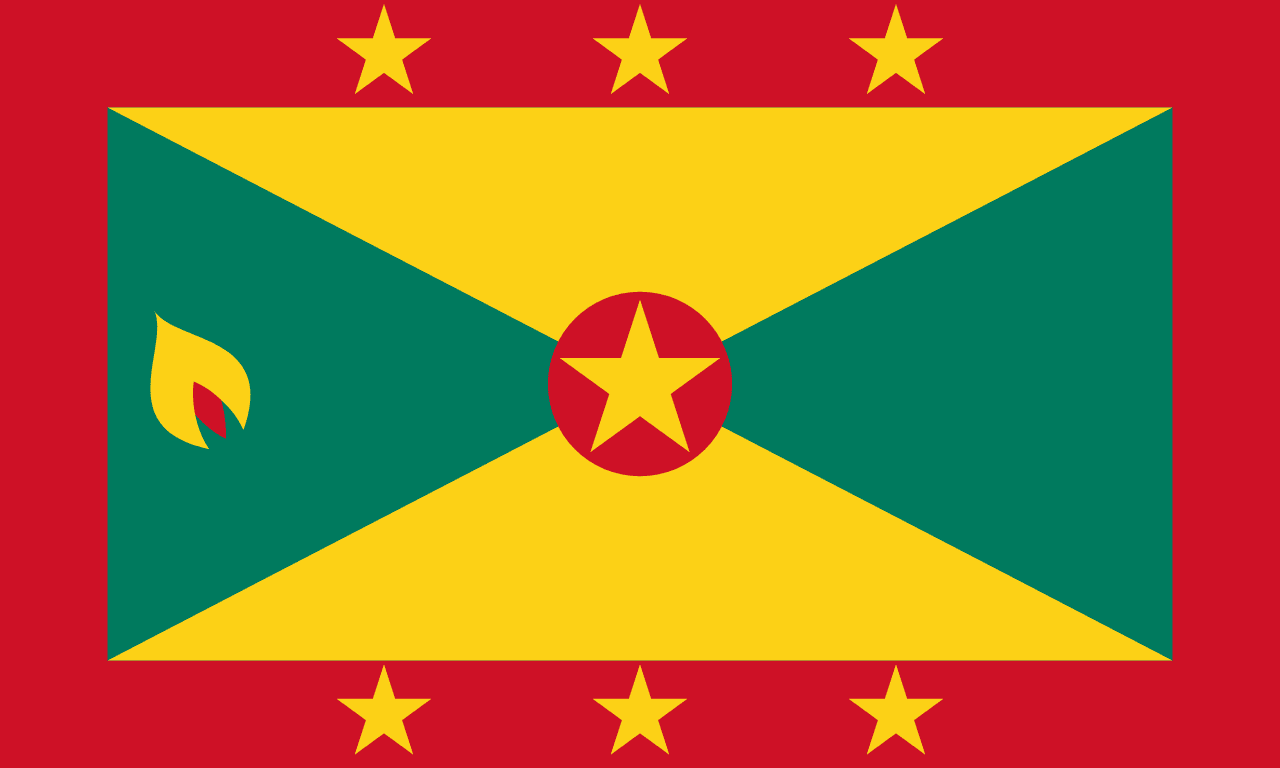Guadeloupe, as an overseas department and region of France, does not have an official flag distinct from the French national flag, the Tricolore. However, there is an unofficial flag that is sometimes used to represent Guadeloupe, particularly in cultural and sports events. This unofficial flag features a black field with a stylized yellow sun and green sugarcane leaves, with a blue stripe and three fleurs-de-lis at the top.
Guadeloupe information
| National Flag Day | — |
| Sovereign state | No |
| Official name | Guadeloupe |
| Capital | Basse-Terre |
| Population | 384,739 |
| Area | 1,628 km² |
| Currency | Euro (EUR) |
| Language | French, Antillean Creole |
| Continent | North America |
| Region | Caribbean |
| Subregion | Lesser Antilles |
| Borders | — |
| Timezone | Atlantic Standard Time (AST) UTC-4 |
| Calling code | +590 |
| Top-level domain | .gp |
History and status of the Guadeloupe flag
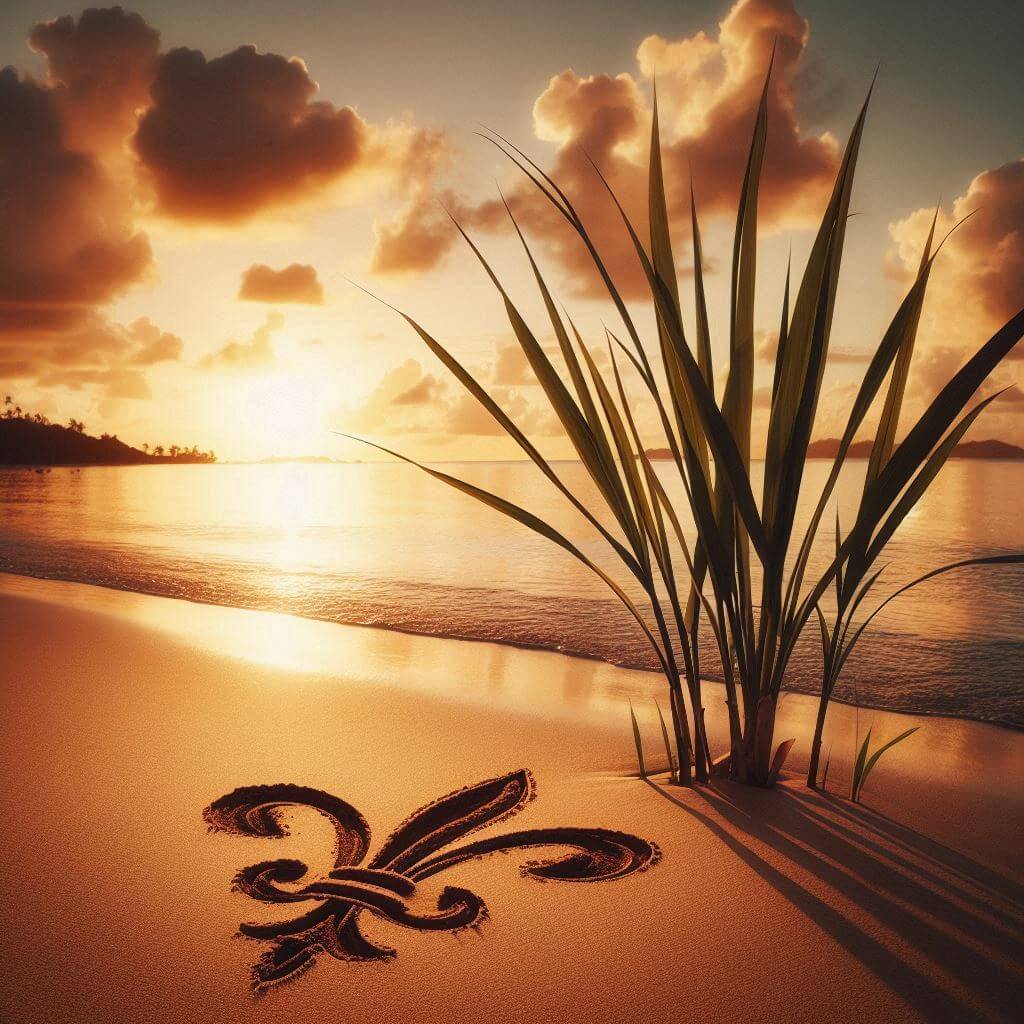 As Guadeloupe is an integral part of France, the official flag used in governmental and official contexts is the French Tricolore. The unofficial flag, sometimes referred to as the "regional flag," has no official status but is used informally to represent the unique identity of Guadeloupe.
As Guadeloupe is an integral part of France, the official flag used in governmental and official contexts is the French Tricolore. The unofficial flag, sometimes referred to as the "regional flag," has no official status but is used informally to represent the unique identity of Guadeloupe.
The origins of this unofficial flag are not well-documented, but it appears to have emerged as a symbol of Guadeloupean cultural identity in the late 20th century. Its use reflects a desire to express the island's distinct Caribbean heritage within the broader context of its French status.
Symbolism and design of the unofficial Guadeloupe flag
While not officially recognized, the unofficial flag of Guadeloupe carries symbolic elements that reflect the island's culture and natural environment:
- Black Field: May represent the African heritage of many Guadeloupeans and the rich, fertile soil of the islands.
- Yellow Sun: Symbolizes the tropical climate, abundant sunshine, and the warmth of the Guadeloupean people.
- Green Sugarcane Leaves: Represent the island's agricultural heritage, particularly its history of sugarcane production, which has been crucial to its economy.
- Blue Stripe: Likely represents the surrounding Caribbean Sea, emphasizing Guadeloupe's island nature.
- Fleurs-de-lis: A traditional French symbol, acknowledging Guadeloupe's connection to France and its French cultural influences.
Usage and significance in Guadeloupe
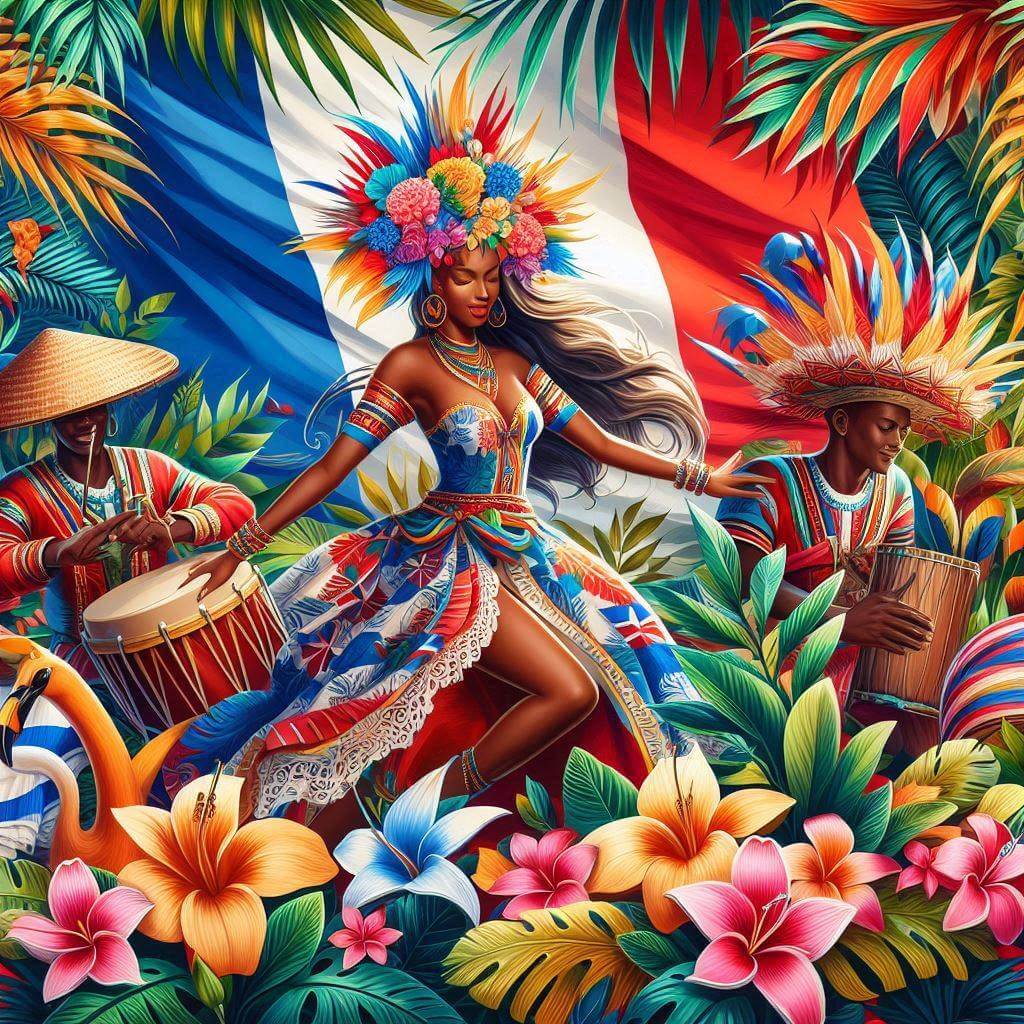 While the French Tricolore remains the official flag, the unofficial Guadeloupean flag is sometimes used in cultural contexts, sports events, and as a symbol of local identity. It may be seen at cultural festivals, in artistic representations, and occasionally at international sporting events where Guadeloupe participates separately from France.
While the French Tricolore remains the official flag, the unofficial Guadeloupean flag is sometimes used in cultural contexts, sports events, and as a symbol of local identity. It may be seen at cultural festivals, in artistic representations, and occasionally at international sporting events where Guadeloupe participates separately from France.
The use of this unofficial flag reflects the complex identity of Guadeloupe as both an integral part of France and a distinct Caribbean culture. It serves as an expression of local pride and cultural heritage within the framework of French nationality.
Interesting facts about Guadeloupe
- Guadeloupe is an archipelago located in the Caribbean Sea, consisting of two main islands, Basse-Terre and Grande-Terre, along with several smaller islands. This diverse geography contributes to its stunning natural beauty and varied ecosystems.
- The islands are renowned for their stunning beaches, lush rainforests, and the active La Soufrière volcano on Basse-Terre, making it a popular destination for eco-tourism and outdoor enthusiasts.
- Guadeloupe's cultural heritage is incredibly diverse, blending French colonial influences with African, Indian, and indigenous Carib traditions. This rich cultural tapestry is reflected in the island's music, dance, cuisine, and festivals.
- The archipelago is home to the Guadeloupe National Park, which includes one of the largest protected forests in the Lesser Antilles, showcasing the islands' commitment to preserving their natural heritage.
- Guadeloupe has produced many notable figures in literature and the arts, including Saint-John Perse, who won the Nobel Prize in Literature in 1960.
- The islands play a significant role in the French overseas territories' economy and are part of the European Union as an outermost region, using the Euro as currency.
Guadeloupe's unique blend of French and Caribbean influences, coupled with its natural beauty and rich cultural heritage, makes it a fascinating and diverse part of the French Republic, even as it maintains its distinct island identity.
